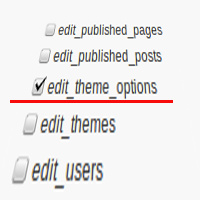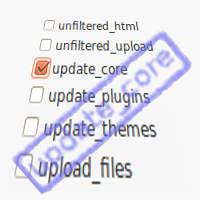
custom post type capabilities
You configured custom post type at your WordPress managed site. You did it with special plugin or manually. It works good. But what to do, if it uses standard WordPress posts permissions, e.g. ‘edit_posts’, but you need to separate access for standard and custom posts for authors and editors? Does WordPress offer a decision?
Yes. Custom post type may have custom capabilities set defined and it could be fully different from the standard post capabilities set.
What variants do you have?
1st, – use plugin which can manage not just custom post types, but custom capabilities set for those custom post types too. Good example is
Custom Post Types UI WordPress plugin. I used it myself long time at my personal Russian language site
FiNovel.com. Inspite of little quant of “Works” reviews at WordPress plugins repository page, I confirm – it works.











